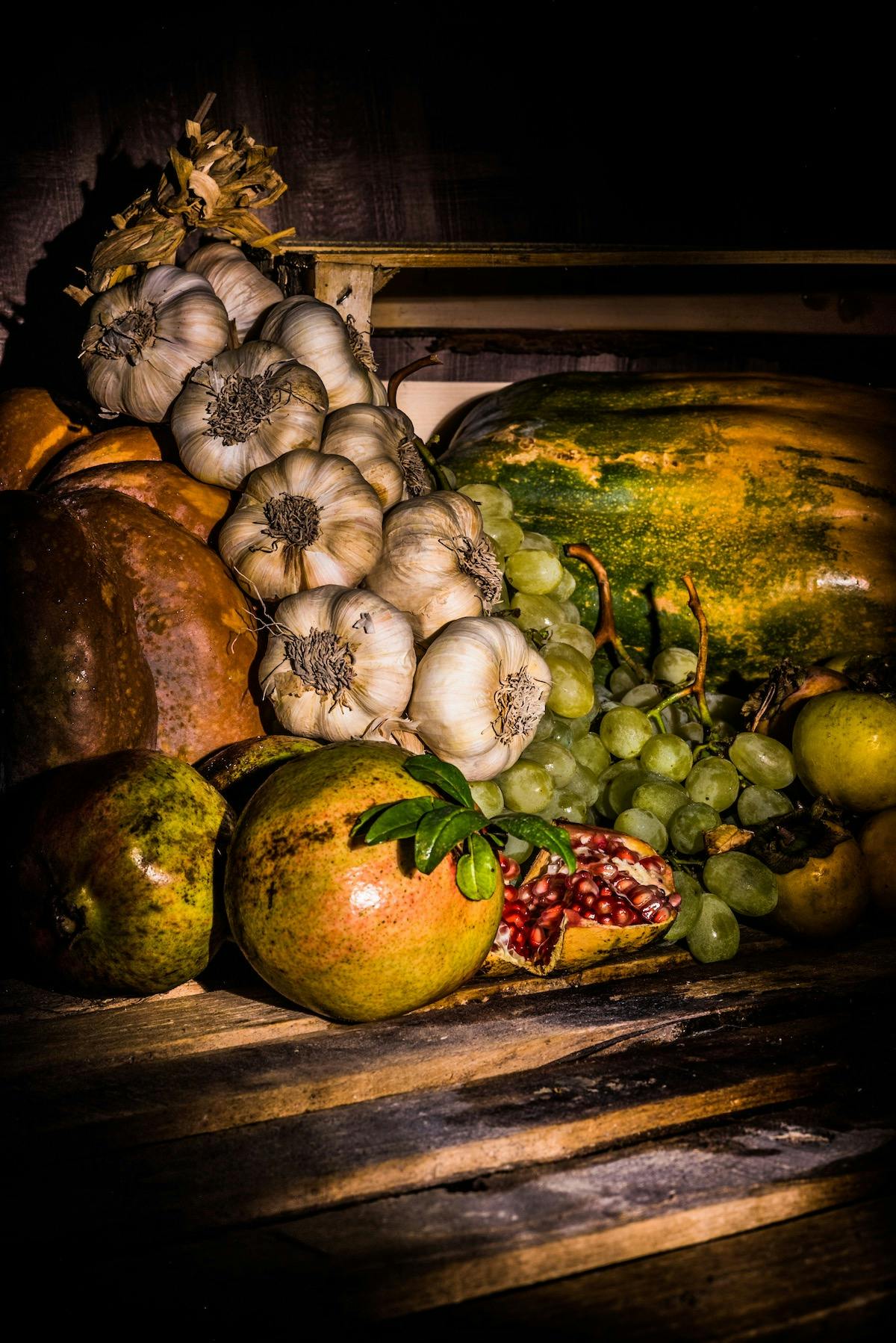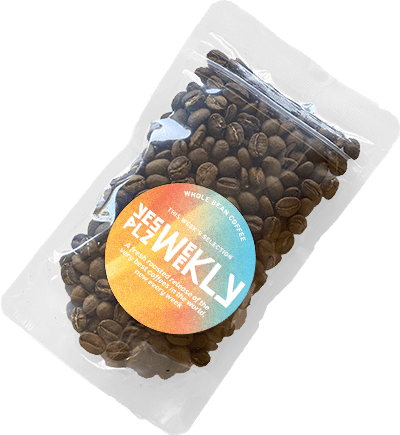SHARE
The Storage Kitchen

Looking beyond the bounties of California-style hyper-seasonality
|
Culinary
There’s a community just north of Los Angeles, a little past the point where sprawl gives way to twisted oaks and dun hills, where the houses were laid out for the post-War version of locavores. Set on oversized lots with ranch houses in the front and sprawling yards behind, it’s a place where you can live something in between a suburban and rural existence—close to the city, but with plenty of room for growing vegetables and raising chickens. The houses attracted a new kind of owner in the past decade, as the interest in seasonal food and local eating has skyrocketed. I visited one of the houses years ago, and I remember the owner telling me that he and his partner got most of their food from the backyard plot—but that eating in such a manner wasn’t always as exciting or romantic as it’s made out to be. When it’s artichoke season, as it was when I was there—the purple-tinted buds shooting up out of masses of spiny leaves—you eat artichokes. Lots of artichokes. And then, when something new comes in, another vegetable will dominate.
With its year-round growing season, you can always eat fresh, local vegetables in California—even if, during the cool, damp depths of winter, there’s little more than kale and citrus at the farmers market. This abundance (enabled by extensive and environmentally damaging water infrastructure) animates not only the local-and-seasonal ingredient ethos, but also the year-round availability of fresh vegetables at supermarkets across the country—nearly all of which that is grown domestically is grown in the state. David Chang derided the whole approach as “figs on a plate,” but the critique never really stuck—because when it comes to having peak produce throughout the year, California has everyone else beat. But we’ve lost out on something else in our collective effort to eat what’s in season right now—even if that means endless artichokes. In all the worship of baby potatoes, tender buds of little lettuces, green garlic, and svelte green beans, we’ve lost sight of how wonderful mature vegetables can be. We’ve forgotten the storage kitchen.
I recently edited a story about a restaurant that serves the kind of seasonal food that has dominated American cooking in one way or another since Alice Waters opened Chez Panisse in 1971. The restaurant featured in the story, located in a small town and surrounded by rural farmland, prides itself on cooking with ingredients from local growers. There’s no menu; everything is seasonal, which, as one of the chefs said, is the only way to get food with real flavor. Reading this in late fall, after pulling up garlic, winnowing beans, and harvesting squash from my own garden in Maine, I caught myself reconsidering that thoroughly Californian way of thinking about food—which has long been my own way of thinking about food—and realizing how wrong it really is.
Eating locally in a place like Maine—or any temperate part of the United States—means dividing the year into two seasons: the growing season, and the storage season. As in California, a temperate spring, summer, and fall can yield a succession of perfect-for-a-moment produce, from the first sweet peas to the last bursting-ripe tomatoes—the all-stars of farm-to-table cooking. But the growing season can also provide what was once a deeply necessary resource: a host of crops that take every bit of warm weather to mature, and that will last all winter long. While very few people want to go back to the days when gardening like this was a life-or-death concern, there’s an exciting shift happening in American cooking that is moving away from the hyper-seasonality of California food and embracing the very deep, nourishing flavors of the storage kitchen. Heirloom dry beans have achieved cult-ingredient status thanks in large part to Steve Sando’s Rancho Gordo, and cabbage—a classic storage crop—is being touted as the first trendy brassica of the new decade. Add in some onions and garlic, potatoes and other tubers and roots, dried herbs and chiles, corn and other grains, squashes and pumpkins, and you have the makings of a well-stocked winter cellar, the kind that back-to-the-landers and other old-school Maine gardeners enjoy. And just like the whorled heirloom beans that Rancho Gordo has helped introduce to cooks (who did not grow up with bean-centric cuisines), there is an array of delicious vegetable varieties that are grown specifically because they keep so well—from the familiar butternuts and acorn squashes to more rare varieties, like watermelons and tomatoes that can keep well into the winter.
Try a cup on us
Order A Sample

SHARE
